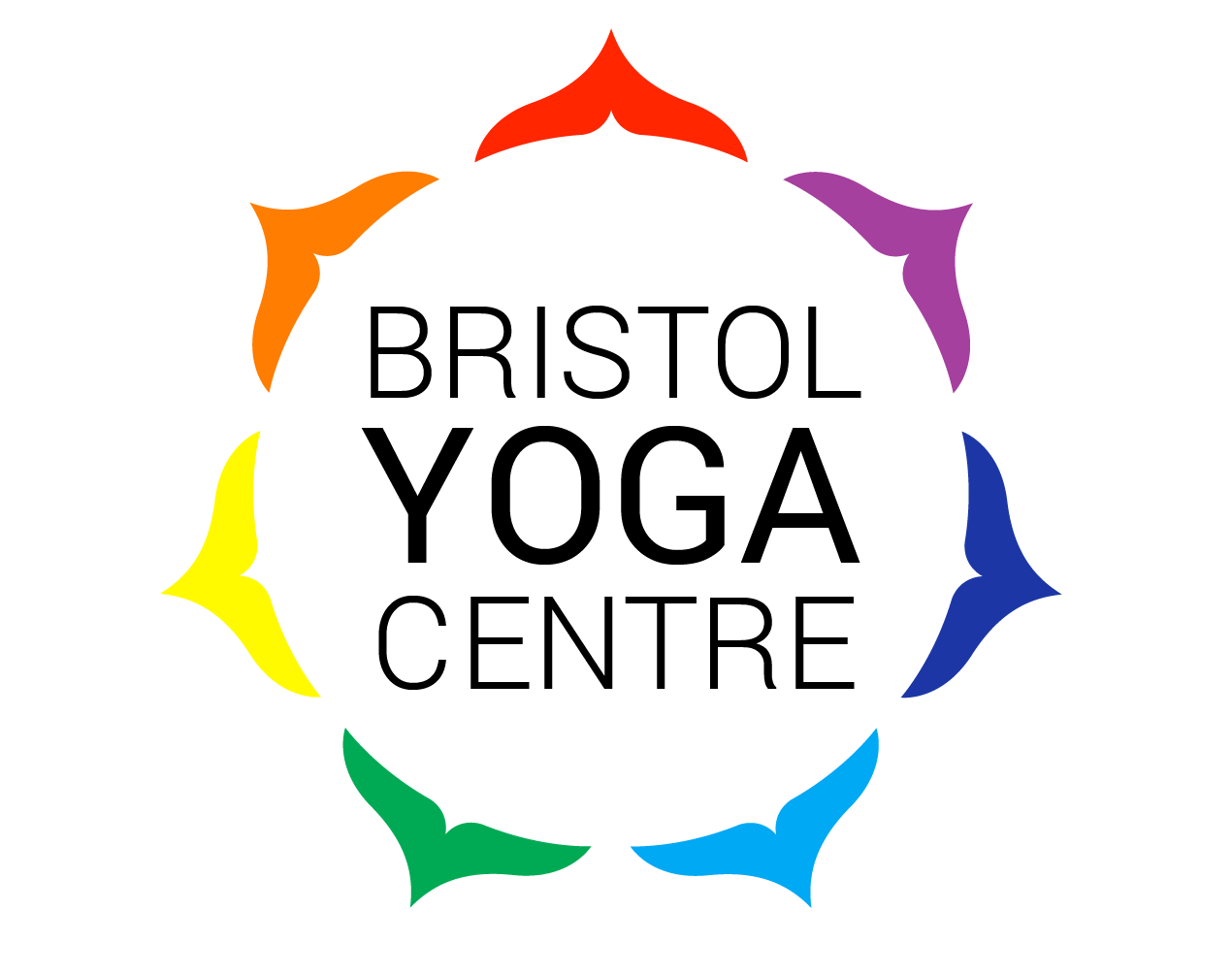On a recent holiday to a small cottage I quickly noticed that there was no WiFi! This forced me to have a week (almost) without looking at a screen. I was amazed how much tension was released from my upper back.
I’ve always had tension in my shoulders and I tried lots of different techniques from physiotherapy, acupuncture and massage but none of them had any lasting effect. On the first day back to work, I immediately noticed tension creeping back in my head, neck and shoulders.
Here are some simple tips I used to keep the my neck and shoulders relaxed, even though I was back to the modern world:
1. Rest your eyes
Our sight is of the most stimulated senses so it’s really beneficial to rest our eyes regularly. Staring at screen for long period of time can easily lead to headaches and tension building up in the neck and shoulders. I understand that mobile devices are really useful, but it’s important to try and take some time off whenever you can.
Take the time to relax completely in Savasana (full relaxation pose) for at least 10 minutes every day. Try using an eye pillow or something to cover your eyes to help you to relax more easily. Your eyes and brain are closely associated and it will help to settle your mind. Don’t forget to switch off your mobile!
2. Improve your posture
Our posture has major effect on our body and if we spend a lot of time hunched over our desk, the muscles in our upper body can get tight and unbalanced. Even if you don’t have a desk job, we tend to do repetitious work, which causes tension and imbalance.
Doing regular asana (posture) practice is a great way to improve your alignment and increase your awareness of your posture. Whenever you sit, or do any activity for a long period of time, try to be aware of your posture and encourage balance.
3. Take the weight off your shoulders
We tend to carry lots of tension and stress in our shoulders; this is partly because our head is comparatively heavy for the intricate neck muscles. We easily get into the habit of rounding our shoulders and jetting our head forwards, bringing lots of strain into our neck. We can sometimes grip through our jaw and tense our arms and hands, which also causes the upper-body to become tight.
Pawanmuktasana exercises are designed to release tension in the joints and muscles. Series 1 is especially good for relaxing the shoulders, arms and hands. Many of the exercises are gentle circular movements that are great for soothing aches and pains.
4. Breathe Deeply
Breathing properly is one of the most important ways of reducing stress and tension. Most of the time we should be breathing slowly and deeply, but unfortunately many of us have learnt to breathe shallow and fast. This way of breathing can lead to unnecessary tension in the neck and shoulders, especially when we breathe into our upper chest instead of the diaphragm. It’s made even worse by bad posture: squashing the front body makes it harder for us to breathe easily.
Whenever possible practice abdominal breathing. Remove any tight clothing especially around the chest and waist so that the breath can move smoothly. Make sure that there is plenty of space in the front body, especially your chest and the belly. Visualise breathing down into the belly to slow and lengthen your breath.

